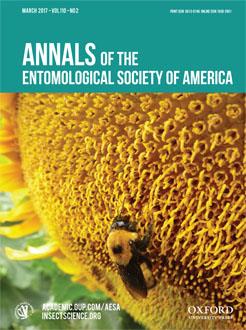Brassolines are among the largest Neotropical butterflies, with large eyespots resembling vertebrate eyes in their wings. Some subspecies of co-occurring brassolines show striking similarities in wing traits to the extent that mimicry within the tribe has been suggested. When adults exhibit phenotypic convergence, data on immature stages can be used to uncover similarities derived from common descent. Here, evidence for future phylogenies to support Selenophanes relatedness to either Opsiphanes or Catoblepia are provided by comparing novel molecular (barcode sequence) and morphological (immature) data. While barcoding showed Selenophanes sequences to be nested within Catoblepia, with intergeneric distances smaller than between Catoblepia species, the state of the art of immature morphological descriptions showed that Catoblepia and Opsiphanes were more similar than either were to Selenophanes. Despite their popularity, brassolines are difficult to find in nature, partly because they are active during dawn and dusk. S. cassiope is a rare species, so the hitherto unknown female of S. cassiope guaranyCasagrande, 1992 is described, as well as morphologically and ecologically relevant adult traits. Analysis of sensory organs revealed a possible reversal of brassoline adaptations to the crepuscular habit. The pigment class of wing cells from several regions with different colors was melanin, except for white (colorless) scales. Multitrophic interactions with an Arecaceae host plant, and egg (Anastatus sp., Galeopsomyia sp.) and pupal (Eurytoma sp.) parasitoids are also reported. This integrative approach benefits from a group with great potential to explore the interplay, from molecules to ecology, of adaptive evolution.
How to translate text using browser tools
24 December 2016
Natural History of Selenophanes cassiope guarany (Lepidoptera: Nymphalidae: Brassolini): an Integrative Approach, from Molecules to Ecology
Leila T. Shirai,
Eduardo P. Barbosa,
Roberto R. Greve,
Luiza M. Magaldi,
André R. Nascimento,
André V. L. Freitas
ACCESS THE FULL ARTICLE
It is not available for individual sale.
This article is only available to subscribers.
It is not available for individual sale.
It is not available for individual sale.
Chalcidoidea
immature stage
scent organ
Syagrus romanzoffiana
Vogel's organ





